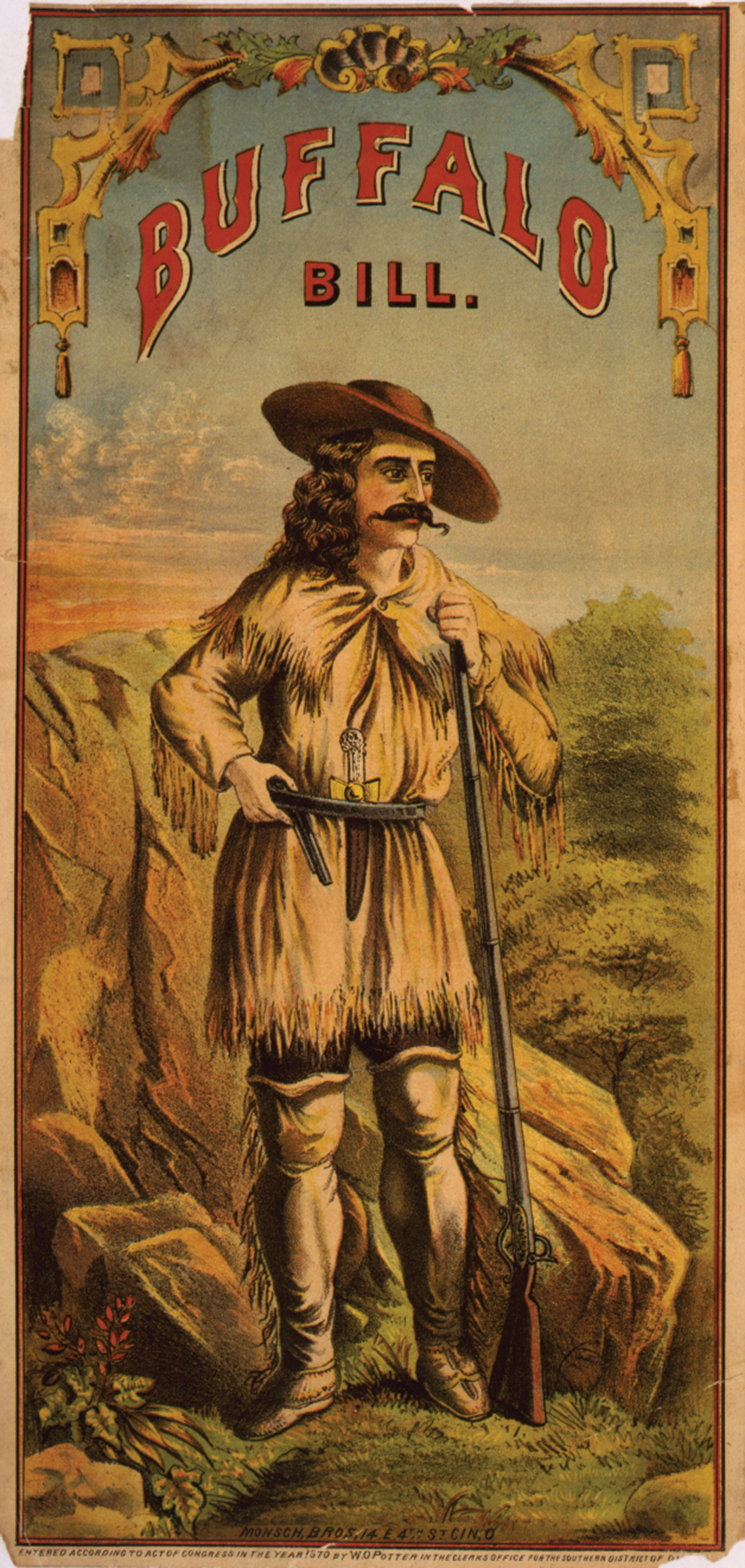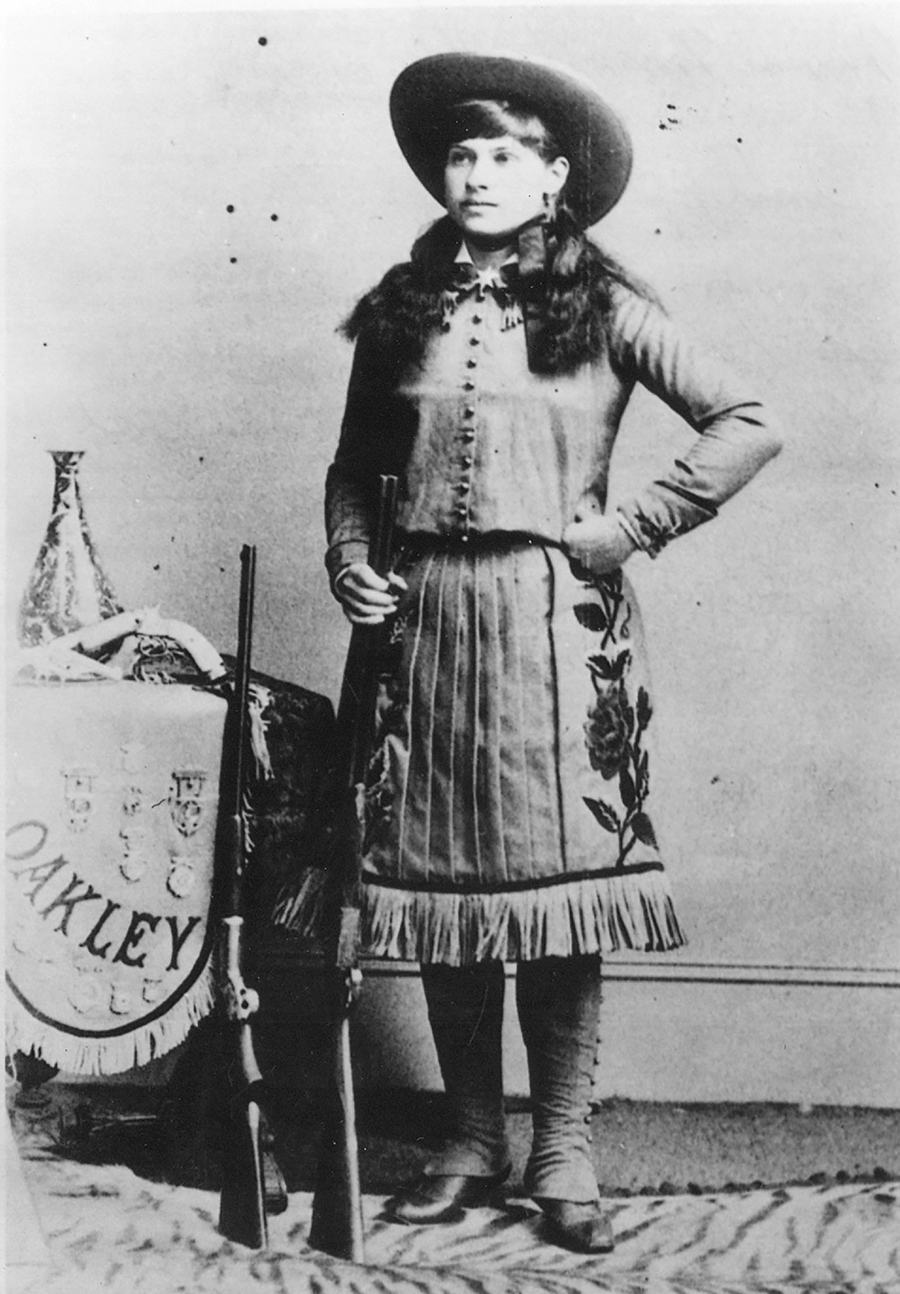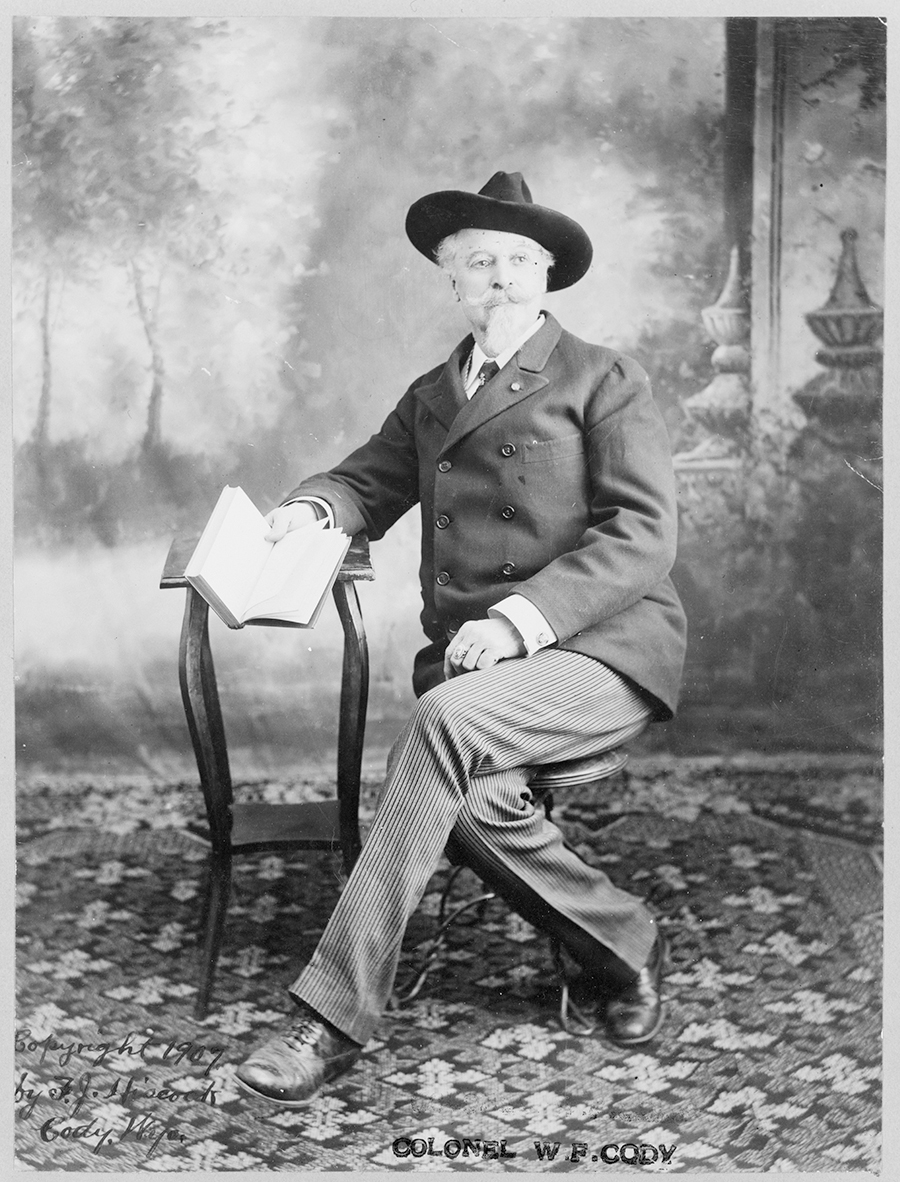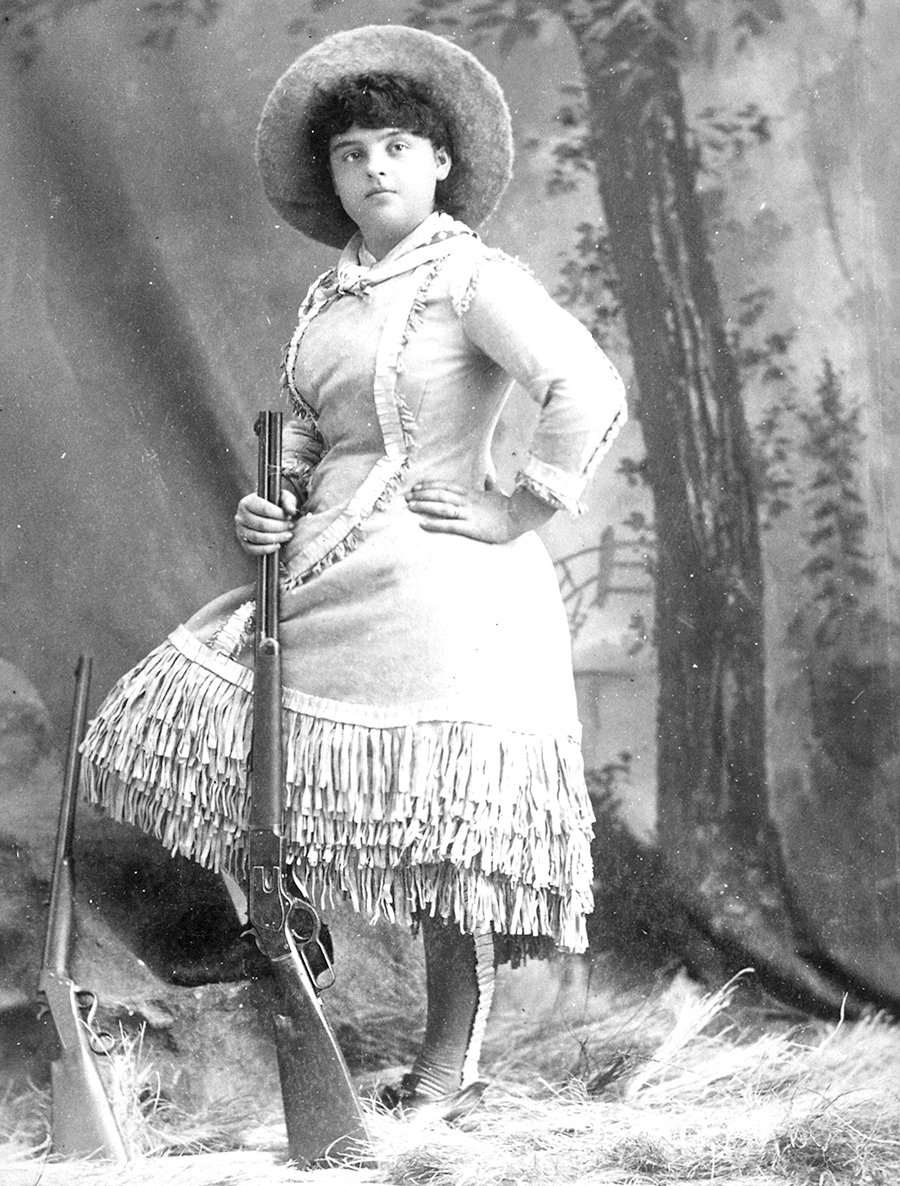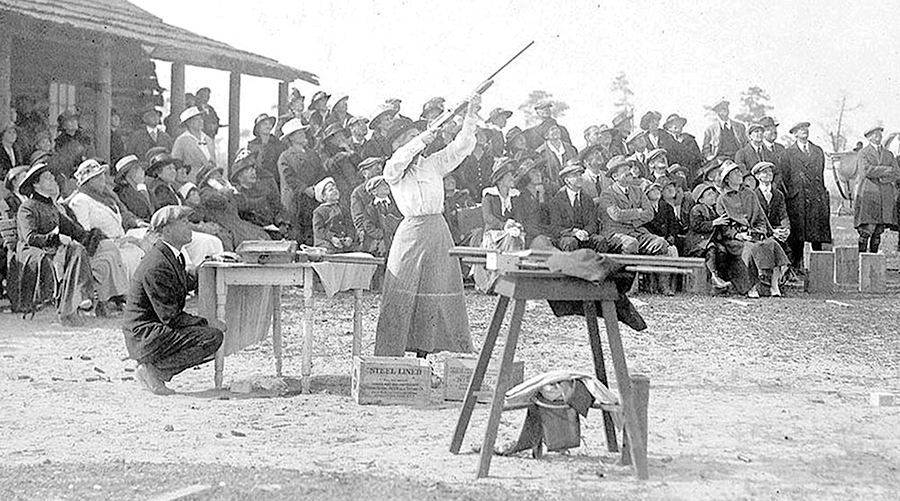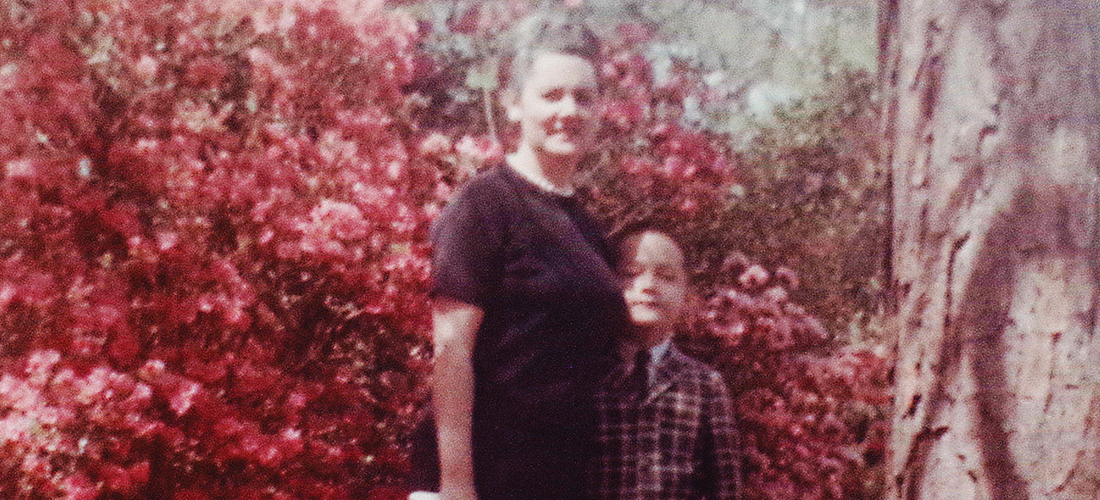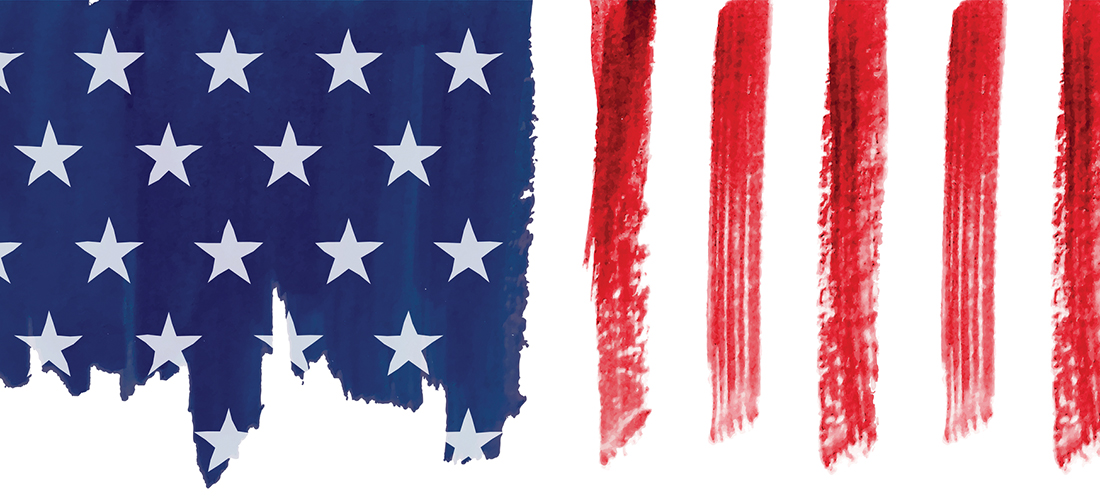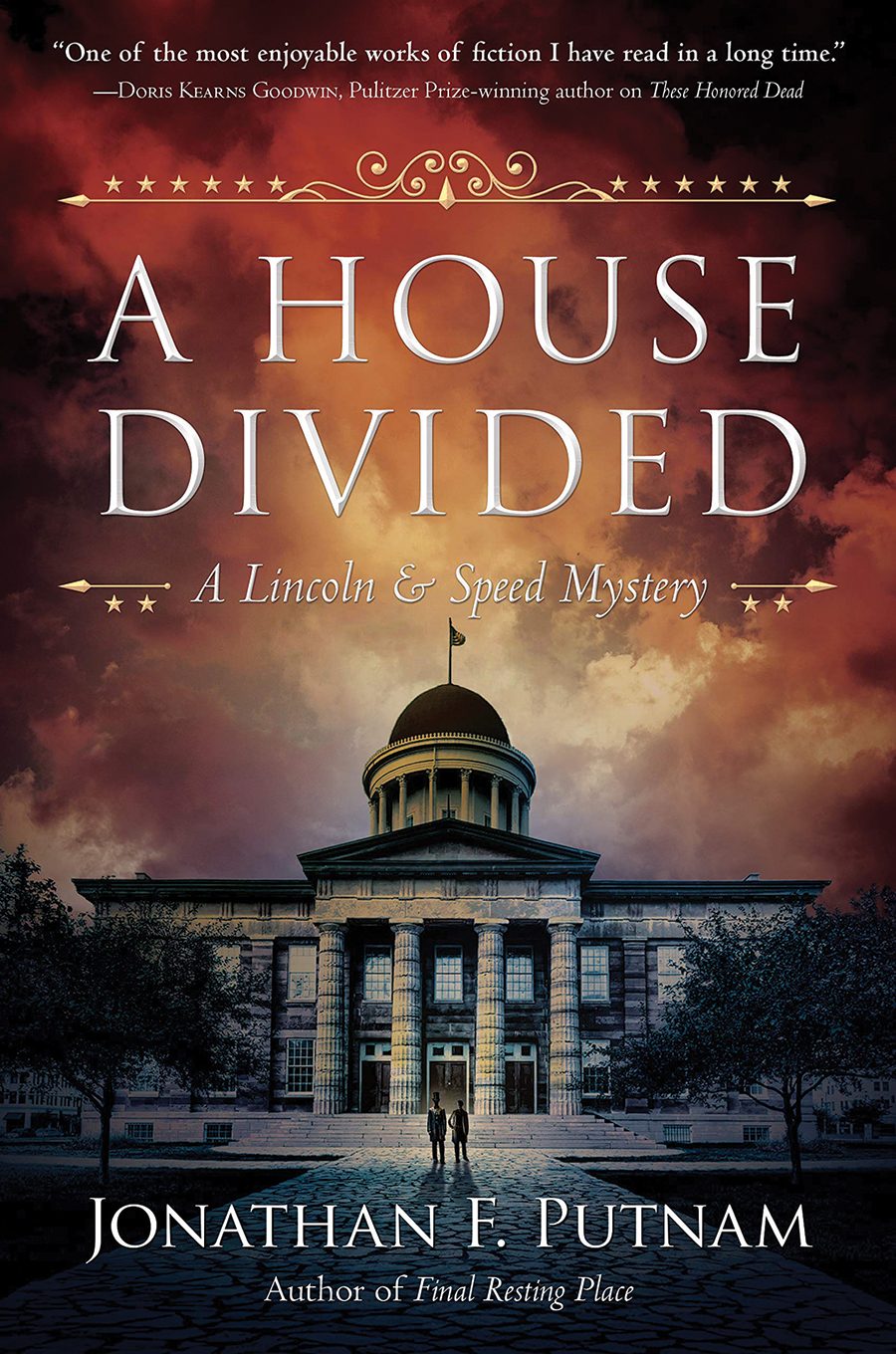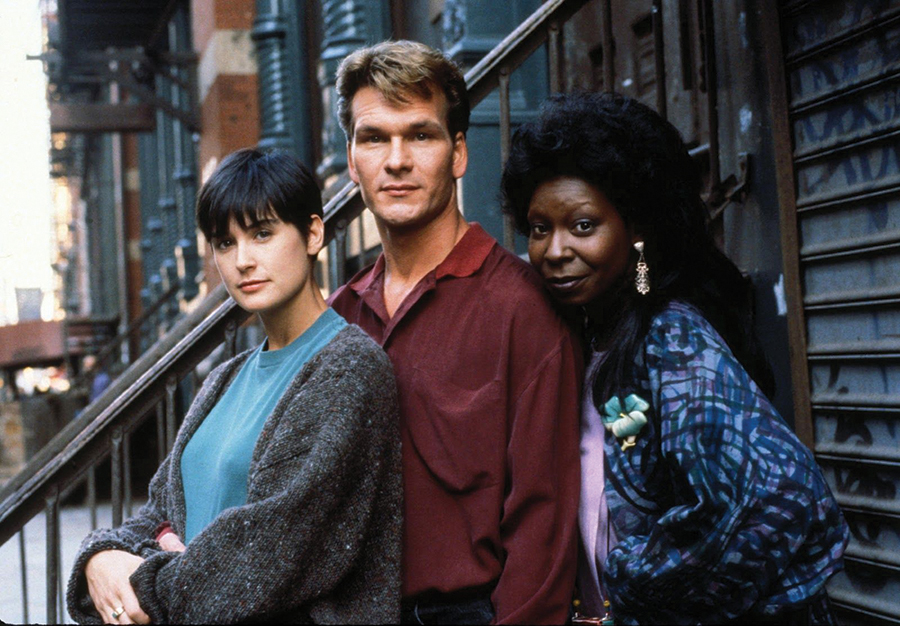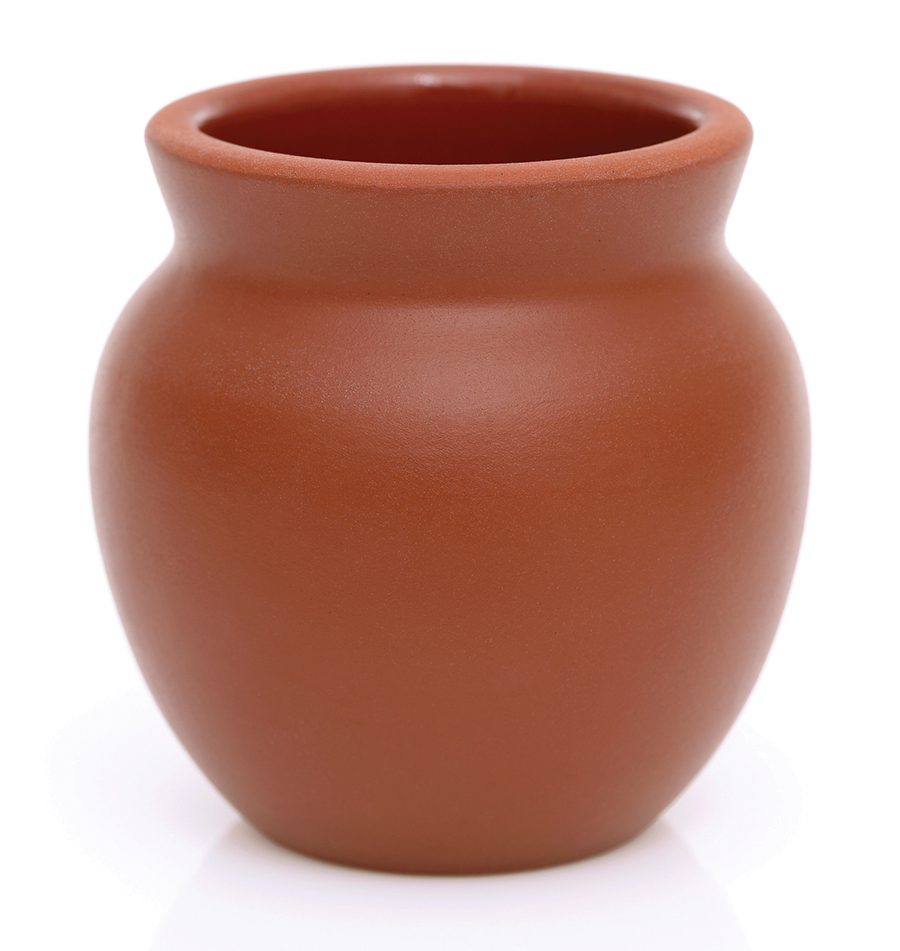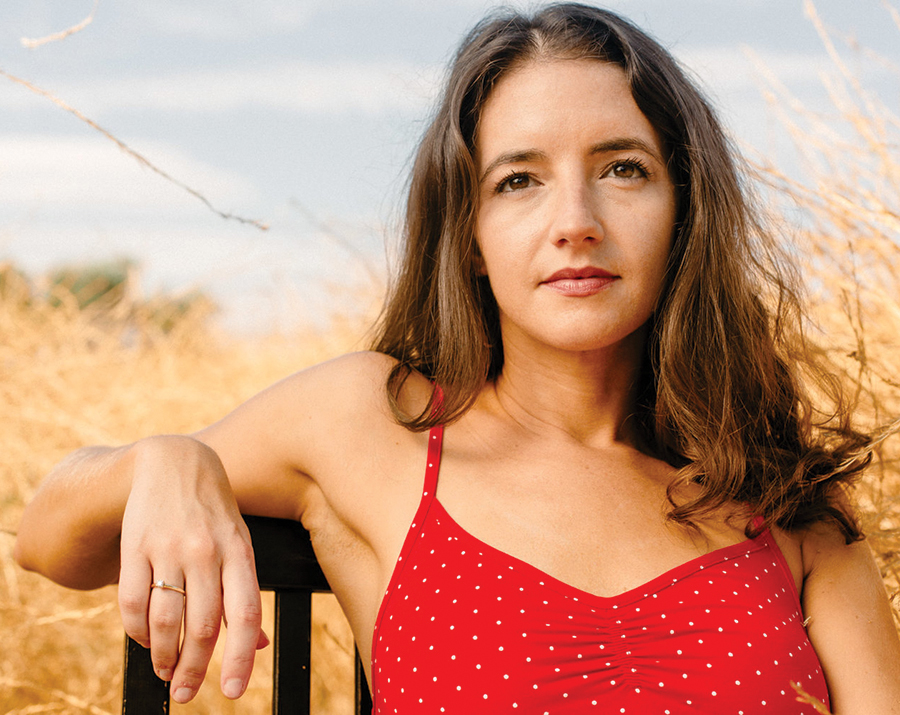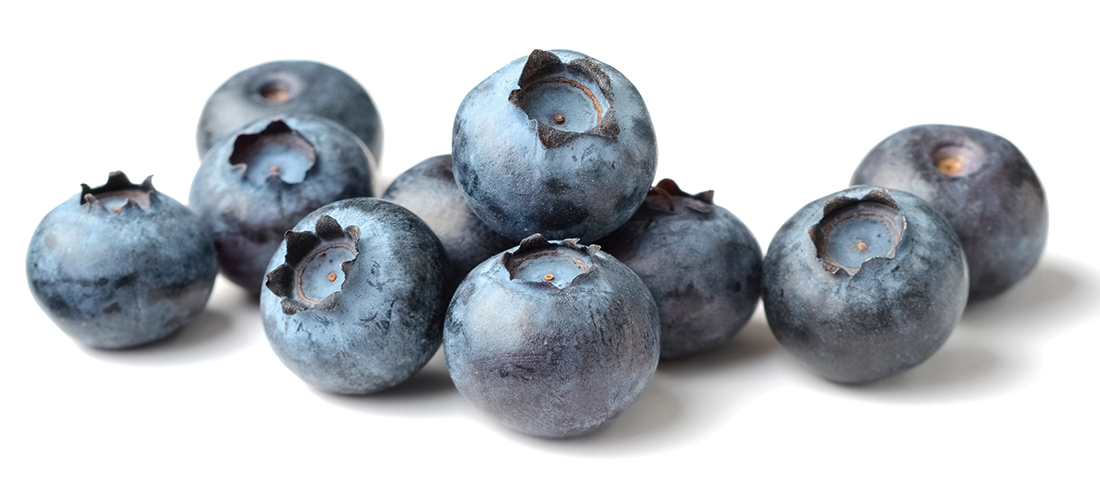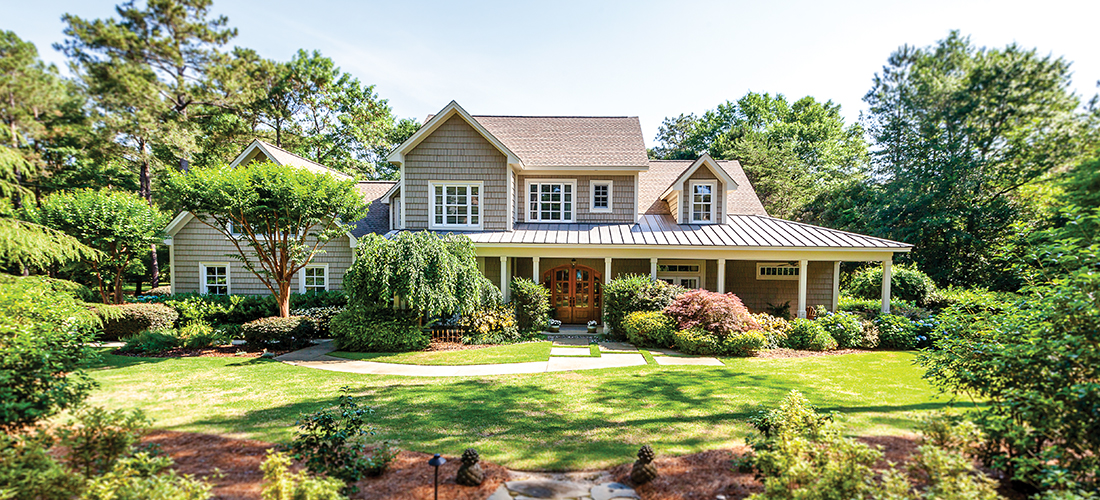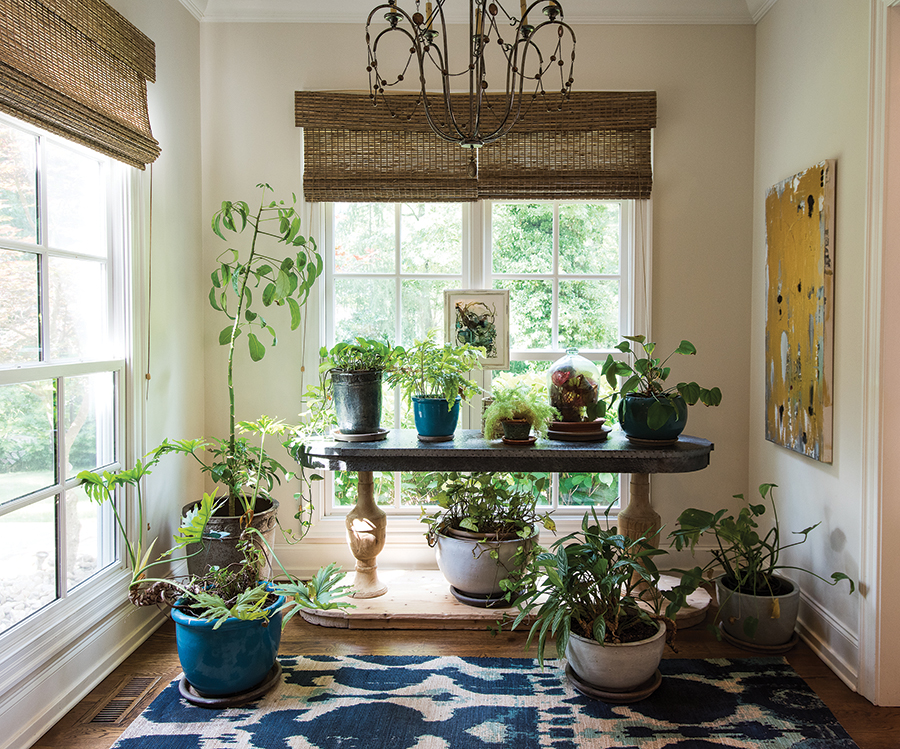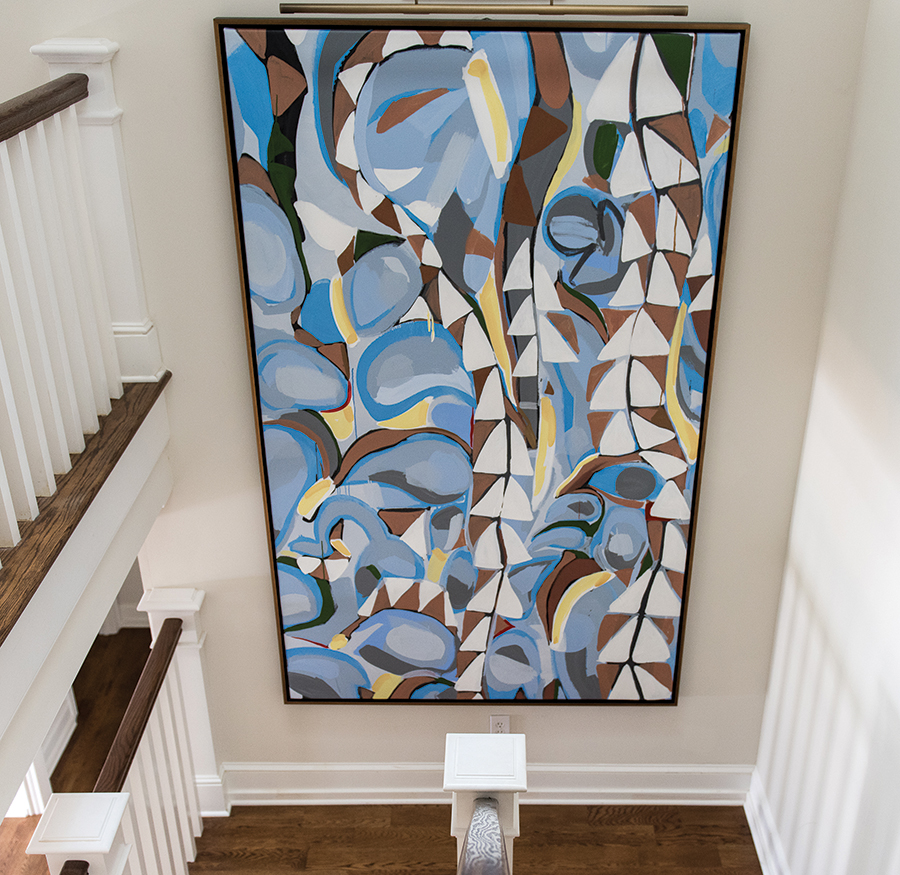Reminders
A milestone birthday
By Susan S. Kelly
This is the month that I turn 65. I suspect I’ll have a breakdown.
I don’t put much store by birthdays typically. As a child, a July birthday meant that my friends were away on family vacations, so no one was around for a party. A summer birthday meant no cupcakes in elementary school, or care packages from Hickory Farms — the standard-but-thrilling gift — at boarding school. As an adult, I seem often to be at the beach, where my mother annually suggests that we have a “nice piece of fish” to celebrate my birthday — a roll-eye refrain the entire family now uses whenever we’re referring to celebrations of any kind.
My sister has a breakdown every time we leave the beach, crying and honking the car horn until she’s out of sight. She’s worried that by the next time we’re all together again, someone will have died, divorced or been irreparably altered in some way. Cheerful, no? I made her a Breakdown CD full of mournful songs from James Taylor, Pachelbel’s Canon, the themes from To Kill A Mockingbird and The Thorn Birds, so she’ll have background music to wail with during the four-hour drive home.
The last time I had a breakdown birthday was 3 1/2 decades ago, when I turned 30. I was waiting at a stoplight and was suddenly just . . . overcome. I bowed my heard and laid my forehead against the hard, ridged, steering wheel and wept. I did not want to be 30 with children and a mortgage and a yard. I wanted to be a sorority girl wearing Topsiders and drinking beer at The Shack with my hair pulled back in a grosgrain ribbon on a Thursday afternoon. There was nothing for my despair but for my husband to take me to Chapel Hill for the weekend. But The Shack was a parking lot. Beers at the gleaming wood bar in Spanky’s didn’t cut it.
The good part about A Big Birthday year means that my friends are turning 65 too. Bridge buddies, hiking homies, college pals, boarding school classmates — all of us. Meaning that every day brings a veritable blizzard of emails filled with dates, pleas, opinions, rebuttals, suggestions, complaints, reminders, asides, and the occasional joke, all in the service of organizing what I term Girl Gigs. Girl Gigs deserve a column of their own, but I’ll give you a teaser: One friend, for a Girl Gig in the mountains every January, flies in from Greenwich, Connecticut, and brings nothing but a mink coat and 3 pairs of pajamas. Stay tuned.
I don’t care a whit about getting old, or dying (proved by my Funeral File, a topic addressed earlier in these pages). I’ll admit to a fear of my house smelling like old people, and wondering whether it’s time to go ahead and lock into what one friend calls a “terminal hairdo,” the one you wear to the grave. And I drive a Mini Cooper, which seems to be the universally acknowledged car for females of a certain age. But otherwise, nope. No fear, no dread, no anxiety.
I also have zero regrets about those things in the past that I’ve done or left undone, or shoulda, woulda, coulda. Furthering my career? More me time? Taken that trip, accepted that offer? No, no, and no. Do-overs don’t interest me.
Wherefore the melancholy, then? Just this: 1,277 photographs — give or take a couple dozen travel pictures — on a digital frame. A New Year’s resolution labor of love with a scanner that rotates continuously all day, every day, showing me 1,277 times what I cannot have back. That summer twilight evening of my oldest in his tacky polyester pajamas blowing dime-store bubbles in the driveway before bedtime. That child wearing a mask while he watches television, oblivious that he’s even wearing a mask. That child blowing out candles on what is surely the most hideous homemade birthday cake ever, shaped and iced like a sharpened pencil. The grin the day the braces came off. A husband mowing the lawn with a toddler draped around his neck like a pashmina.
What was I doing during these ordinary, everyday moments? What was I saying, thinking, hoping, cooking, even? I don’t want to time travel, to swallow a magic youth pill, to go back and re-live. What stops and saddens me is the simple yet incontrovertible fact that, no matter what, I cannot get that Tuesday morning in that picture, where the child with the trike, or the new backpack for the first day of school, or that Sunday afternoon when a young husband tosses free throws at the driveway basketball goal — long since vanished — back. Not a single, commonplace, inconsequential second of them. Nothing I can do will return them to me. No begging. No money. No who-you-know. No good deeds. No nothing.
Thornton Wilder knew the kind of grief I’m talking about, and in his play, Our Town, has Emily Webb, who’s dead, ask the Stage Manager, “Does anyone ever realize life while they live it . . . every, every minute?”
“No,” the Stage Manager replies. “Saints and poets maybe . . . they do some.”
And I’m neither.
So, this July, if you see someone pulled over with her head against the steering wheel, it’s just me, in my Mini, in the breakdown lane. PS
Susan S. Kelly is a blithe spirit, author of several novels, and a proud grandmother.



